See the List of Courts Below
The Basque people are credited with the development of the modern game known as Basque pilota, which is a ball game played against a wall. Early versions of handball games were played by the Greeks and the Romans. The Roman Empire helped spread the game to western Europe. In early France, a popular version was called jeu de paume. These games developed into today’s tennis and Basque pilota.
While the Basques may have originally played the game only with their bare hands, today many variations exist, some played with different types of rackets or paddles, usually referred to as a pala. Cesta punta is played with a basket-like extension on the arm, which in the U.S. became better known as jai alai. In this game, the ball can reach speeds of 125 miles per hour and is often referred to as the fastest game in the world.
Pilota does not exist without the court, and handball courts have existed in the Basque Country since the Middle Ages. They are referred to as a fronton or kantxa. The fronton was often built on the backside of the local church in the main square, showing how important the court was to early Basque life. Handball was an integral part of life in the villages of the Basque Country. Each village, many of them isolated in the mountains, had its own court, where people gathered to watch games.
The Basque people are a unique ethnic group that lives in a small area of France and Spain, in the western Pyrenees Mountains where they meet the sea. They are considered the oldest people of Europe. Strength and athletic endeavor are highly respected in the culture.
The Basques immigrated to points around the globe, and wherever they settled, they built handball courts to continue playing their national sport. For the immigrant generation, handball was their main form of recreation. Games were usually played on weekends and were often scheduled as part of the Basque community’s celebrations, providing social cohesion for the group. The actual courts, whether indoors or outdoors, provided an open space where not only handball could be played, but tables could be set up for dining and parties and where dancing could take place, traditions that continue today.
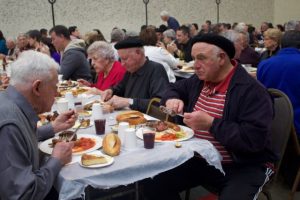
In the Basque diaspora, the handball courts were typically located next to or as part of a Basque boarding house, which was likely part of a larger neighborhood of Basque boardinghouses or businesses. There was at least one fronton in every community, sometimes more.
When the Smithsonian Institute paid tribute to the Basques at the 2016 Folk Life Festival, it had a wooden handball court built on the National Mall in Washington D.C.
Many courts have been built over the years in the U.S., but many have gradually been torn down or simply deteriorated. Below is a list of those that still exist and are in use. Below that list is a second list of known Basque courts that no longer exist.
Past handball locations were identified by Jeri Etcheverria in her book about Basque boardinghouses, Home Away from Home (buy it on Amazon) Nancy Zubiri discusses handball in early Basque American communities in her book Travel Guide to Basque America (Buy it on Amazon).
Basque handball courts all over the world have been identified on this website Frontons.net, where you can also add a court if it’s not already there. We would be happy to read about personal experiences at any of these courts. Add your personal comment at the bottom of this article.
ACTIVE HANDBALL COURTS on the WEST COAST
.
CALIFORNIA
Chino, California
Aphessetche Trinkete, 7262 Bickmore Ave, Chino, CA 91708 (private)
Xabier Aphessetche immigrated from the French Basque town of Irisarri. The well-off dairyman told Euskal Kazeta that he was motivated to build a trinket after a trip to France. The trinket he built next to his home on his dairyland in Chino, Calif. is an enclosed four-walled court, the only one of its kind in the U.S., according to the late Aphessetche. The four walls change the game because they change the way the ball bounces. Most of the play here comes from games organized by the Chino Basque Club.
Centro Basco, 13420 Central Ave, Chino, CA 91710
While this court belongs to the Centro Basco restaurant, it’s open to the public. It’s a left-walled court. The hotel was built in 1940 and the handball court was added in 1950. The handball court has remained in use since that time.
Bakersfield, California
Kern County Basque Club, 2301 S Union Ave, Bakersfield, CA 93307
Bakersfield has a significant Basque community and in 1974, the Basques in Bakersfield acquired a property to establish their own club. They built a handball court on the property. It has the words “Gure Ametsa” (Our Dream) painted on the front wall. It is available for use by club members and professional players are invited annually to play during the annual festival on Memorial Day weekend.
South San Francisco, California
Basque Cultural Center, 599 Railroad Avenue, South San Francisco, CA 94080
The San Francisco Basque community was in search of a handball court in the 1970s. The San Francisco Basque Club had been looking at property to build a clubhouse for several years. The main goal of the new building was to have a place to play handball. They finally built it, with donations from the community itself. The court is in regular use and players from the Basque Country are invited yearly for exhibition games. The court was painted electric blue in 2020, qualifying it for international play.
COLORADO
Grand Junction, Colorado
Plaza Urrutia Fronton, 700-726 24 Rd, Grand Junction, Colorado 81505
This court was built by Colorado sheep rancher Jean Urruty in 1978. This court was recently designated a local historic landmark. It was revived by local Basque club member and her husband and the existing Colorado Basque Club has held events there.
Idaho
Boise, Idaho
Anduiza Fronton, 619 West Grove St. Boise, ID 83702.
This handball court was built by the Anduiza family in 1914. The building was designed as a boardinghouse, with rooms located on the second floor alongside the court, so you could look down onto the court. This design was similar to La Cancha in San Francisco. The building was modified into office space for an engineering firm for around 30 years, but they never made any changes to the fronton. Two local Basques bought and restored to a fronton in the early 1970s. This historic building is still operated as a fronton on Boise’s Basque Block. Handball activities are organized by the Boise Fronton Association. Contact the group at [email protected].
Mountain Home, Idaho
Basque Park, 331 West 2nd North, Mountain Home, ID 83647. Open to the public.
Many Basques who herded sheep in the area settled in Mountain Home. During the early years of this Basque community, Pete Anchustegui built the Basque Hotel behind the Bengoechea Hotel on North Third West. Next to it, he build this handball court in 1908 that stood the test of time. The court fell into disuse, but was nevertheless preserved.
In 1978, the handball court was added to the National Register of Historic Places. A Basque club was formed in 1960 and continued here through the years, holding an annual festival at the pelota court. The Basque Hotel burned down in 1983 and the club disappeared for a few years in the late ‘80s, but it was eventually revived as Euskal Lagunak. Their first project was to restore the court. They received a grant and held fundraisers to cover the cost It is the only outdoor handball court remaining in the state of Idaho. The area has been turned into a city park named Basque Park.
NEVADA
Elko, Nevada
City Park Fronton, 1515 Idaho St, Elko, NV 89801
Elko had an early fronton at the Telescope Hotel through the 1950s, but then none for many years. In 1975, local players sought to build a court and received a grant from the Spanish consul general in San Francisco. The city donated the land and two local Basque contractors donated their labor to build the court. Today, local Basques businesses provide the support for its upkeep. Because of northern Nevada’s fierce winters, it’s too cold for play for much of the year, but annual Basque celebrations in the summer include games here. A black and white mural of a man saluting the Tree of Gernika was added to the backside in the 1990s.
OREGON
Jordan Valley
Hwy 95, Jordan Valley
Built in 1915 by Basque sheepherders, this court is a symbol of Basque culture in the area. It was listed on the National Register of Historic Places in 1972. Jordan Valley, a very small town on the road between Winnemucca, Nev. and Boise, Idaho, was mostly Basques for many years. Basque immigration to this town was at its peak in the 1920s and ’30s. The court was on the property of the Elorriaga family, which had its home next door.
In 1997, with the help of local Basque families, a Fronton Committee was established and money was raised to restore the old court to its original splendor. Memorial bricks with names provided by donors surround the court. A huge inauguration party, bigger than Jordan Valley had seen in many years, was held in September 1997. The court is open to the public. Nearby is a local museum housed in the former Elorriaga home (502 Swisher Ave., P.O. Box 361, Jordan Valley, Oregon 97910).
INACTIVE COURTS
This is a list of Basque handball courts that have existed in the U.S. in the past. If you would like to have a court listed, or have a photo of a court you would like us to post, please add a comment or send us the information at [email protected].
Bakersfield, Calif.
Noriega’s Restaurant, 525 Sumner St., Bakersfield
Link to Tag for Noriega’s This handball court likely dates back to an early date of the
Read our story about the days when handball games were played here.
Flagstaff, Arizona
42 S. San Francisco St, Flagstaff, AZ 86001
Very few Basques settled in Arizona, but according to the book “Home Away from Home,” a Basque newspaper reported that Basques migrated to Flagstaff, Phoenix and Tucson between 1891 and 1906. Sheep were raised in Arizona around the turn of the century. Jesus Garcia owned the Tourist Home boardinghouse and built the handball court next to it. A plaque honoring his construction remains on what’s left of the court and indicates that he built it in 1926. One resident at the boarding house, Fermin Echeverria, socialized with a family at another boarding house in nearby Winslow, Arizona, according to “Home Away from Home.”
The handball court had been in major disrepair for many years. It was part of a Basque boardinghouse that also fell into disuse and was abandoned. However, in 2014, the former boardinghouse, named Tourist Home, was purchased and renovated, maintaining its historic structure. The owners turned the building into a cafe and the damaged court was incorporated into the restaurant’s outdoor patio area. In 2022, the popular restaurant was dubbed “best breakfast in Flagstaff.”
Fresno, California
Basque Hotel, 1102 F St.
This indoor court was part of the former Basque Hotel, which was built in 1923 and operated as a Basque boarding house since about 1935. It closed in 2013. In 2024, the building was for sale.
San Francisco, Calif.
La Cancha, an indoor handball court with rooms around the outside of the court, was in operation as a Basque hotel as early as 1907. It stood on Pacific Street in San Francisco until the 1960s, when it was torn down to build a low-income apartment building.
Helen Wills Playground,
Basques began congregating here after La Cancha was torn down. The wall wasn’t high enough so they asked for permission and added 10 feet in 1971. They played there regularly on Sundays until 1979 when the wall was torn down to build condominiums next door.
Stockton, Calif.
This city had many Basque boardinghouses at one time, but none remain. Between 1907 and 1970, 19 Basque hotels operated here. The last remaining court was located at the Hotel Central (122 West Main), and during the 1960s, when players in San Francisco had no court, they would drive out to Stockton on Sundays to play there.
Winnemucca, Nev.
The Winnemucca Hotel, a popular Basque bar and hotel at 95 Bridge St., had a fronton behind the building during the early 1900s. The Olano family ran it from 1965 until it closed in the early 2000s, but the fronton had already been taken down by the time the Olanos bought it. Painted on the front wall was the slogan “Winnemucca Hotel – Home of the Picon Punch.”

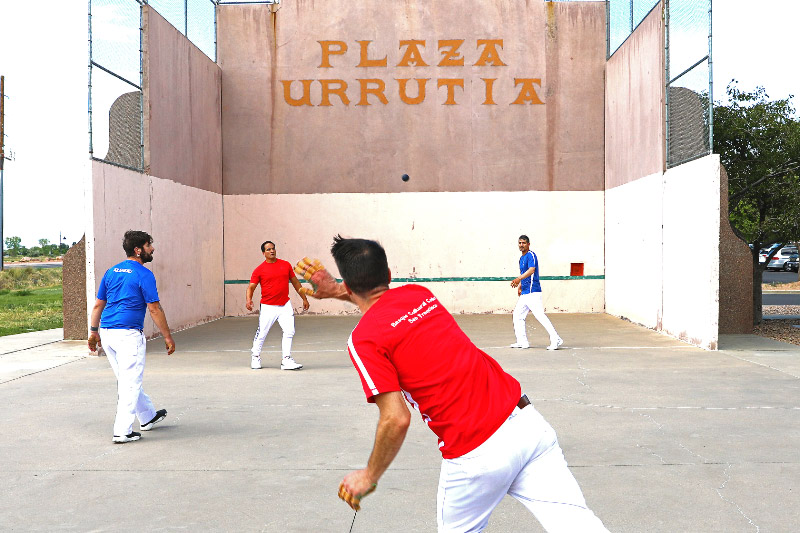

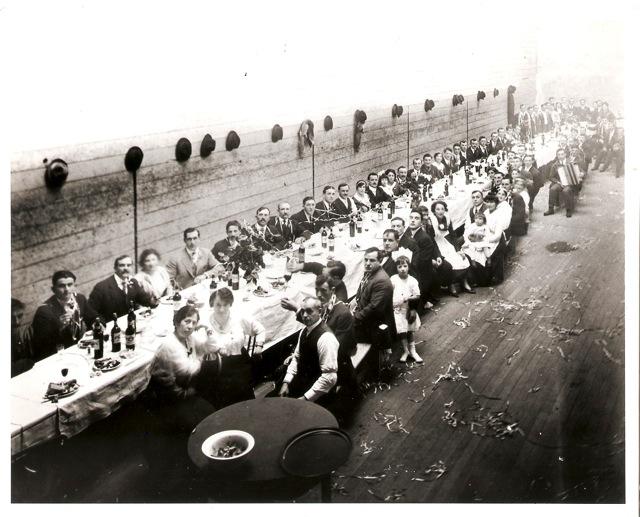

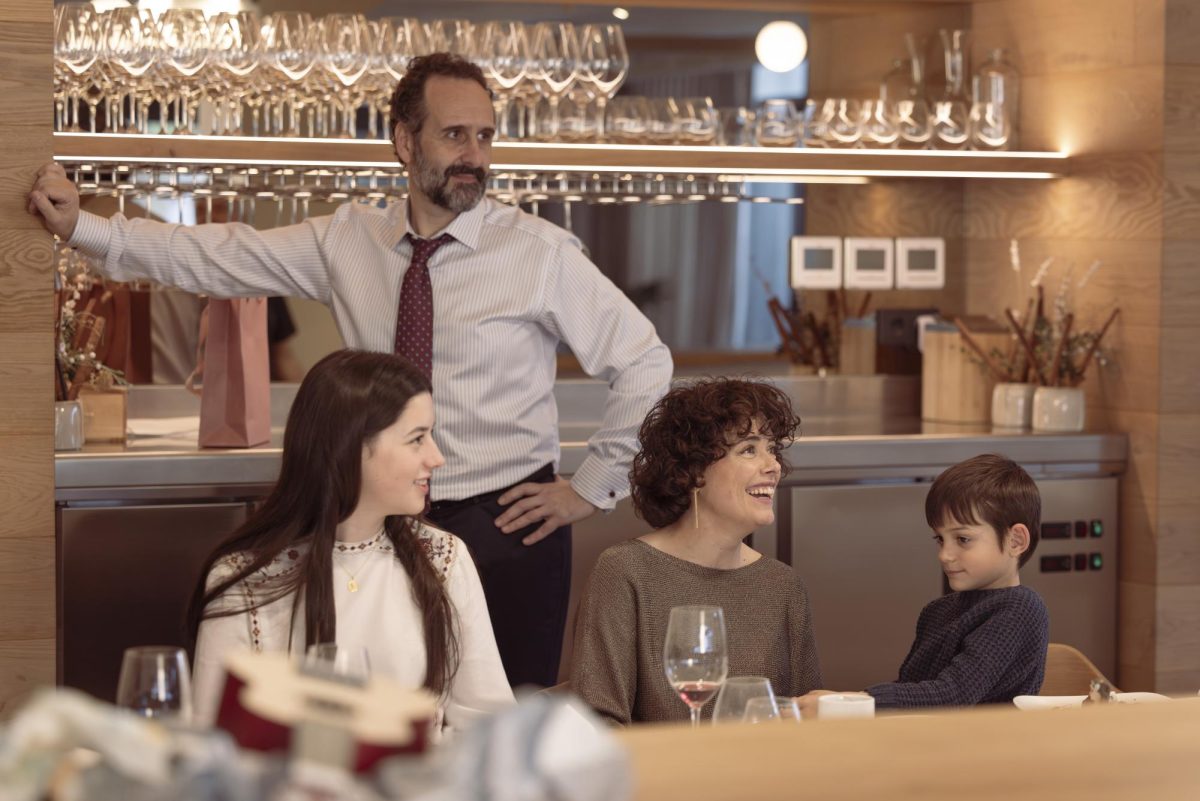
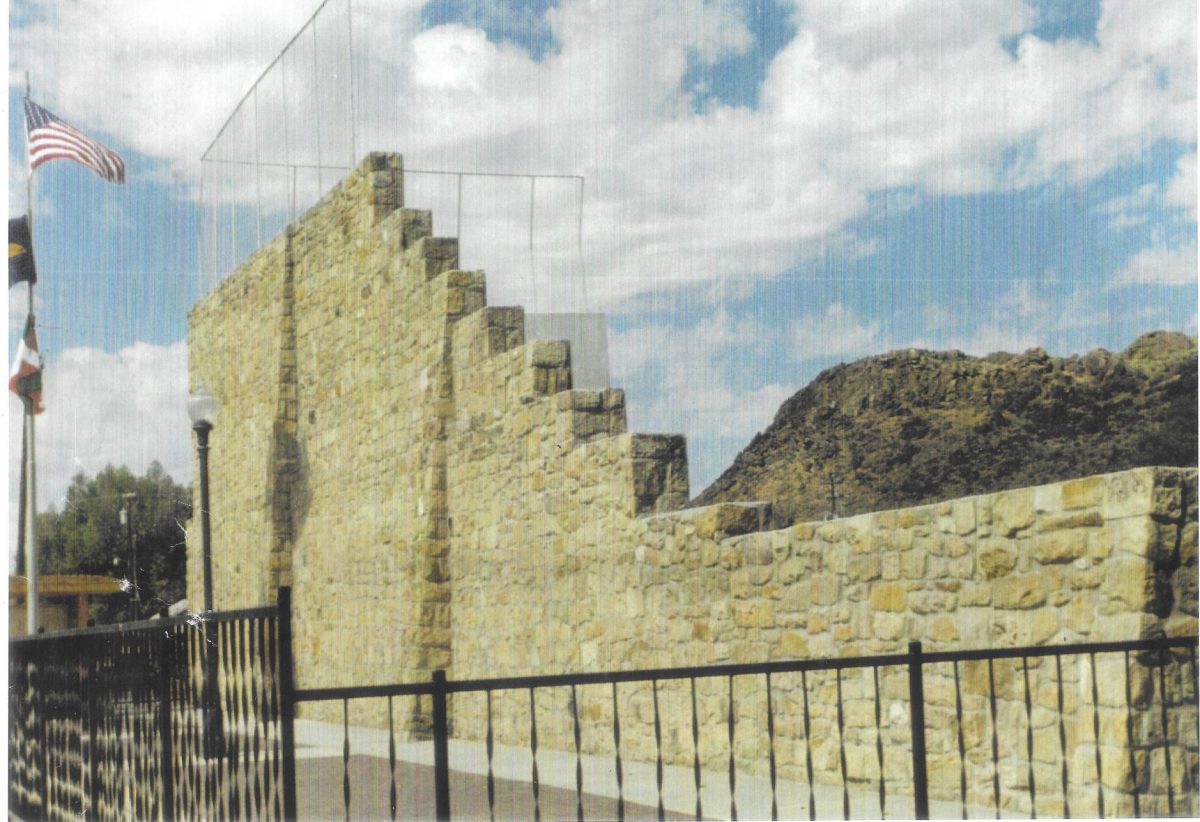
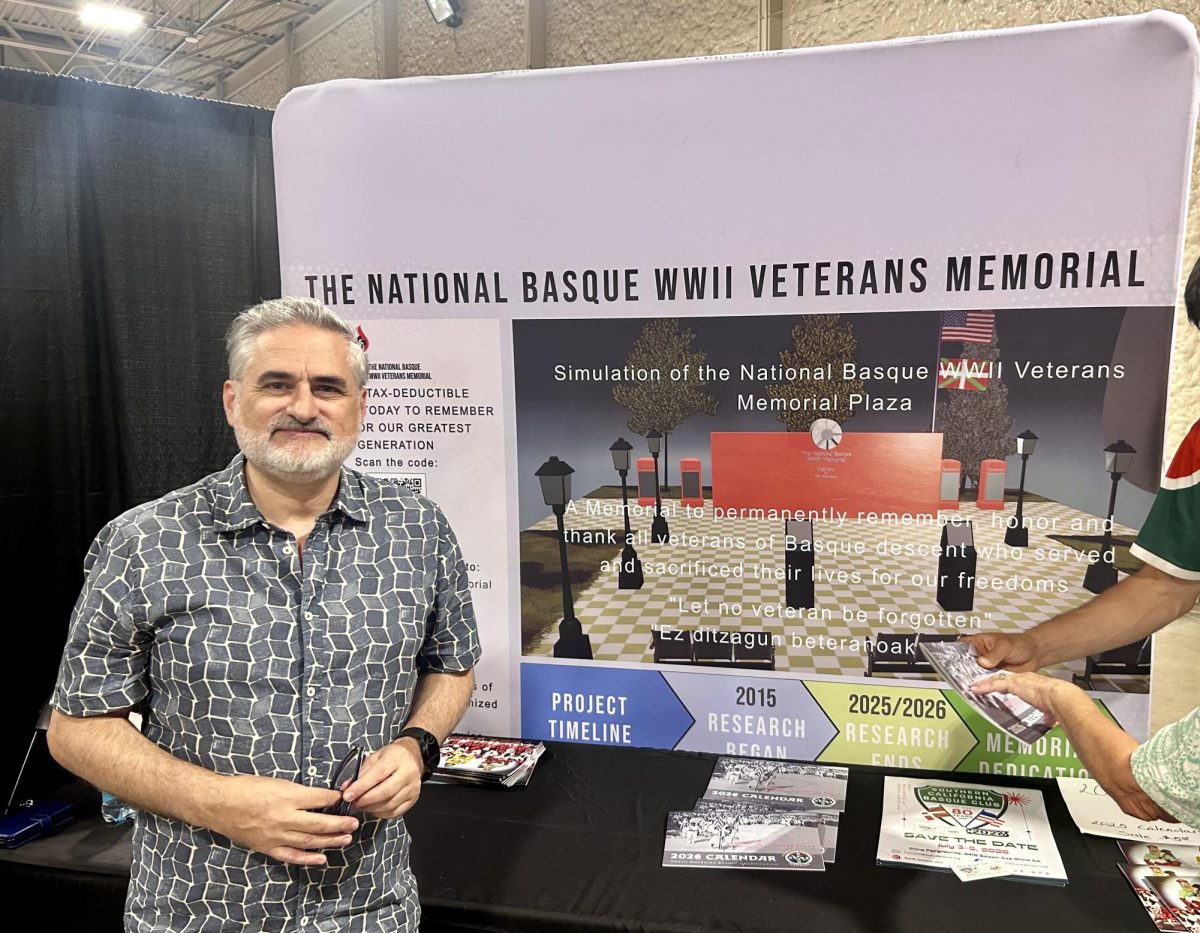
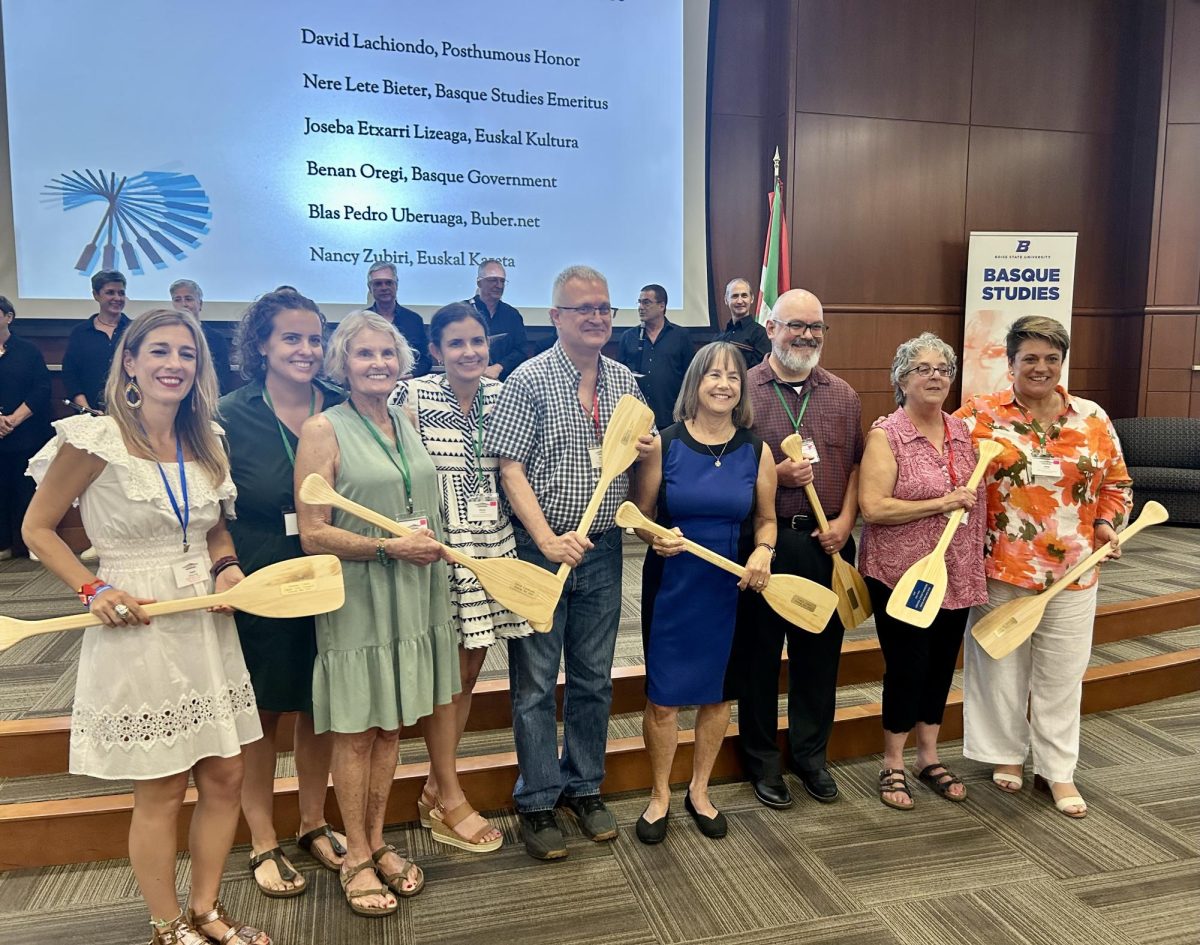
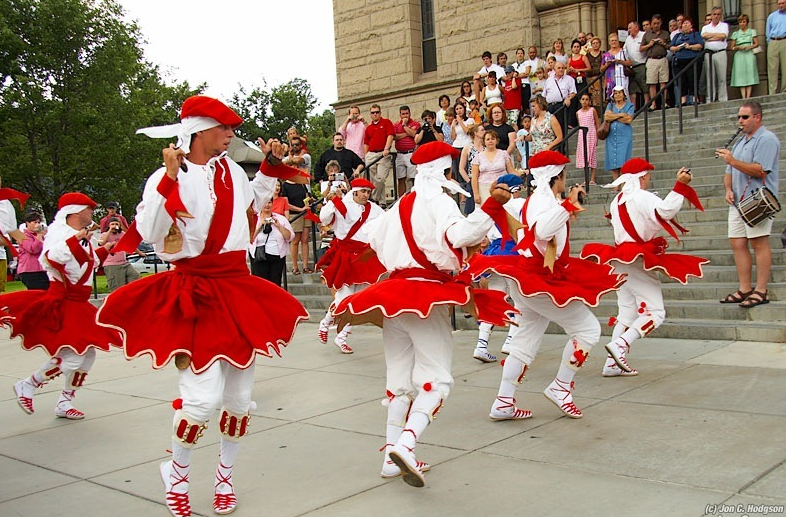

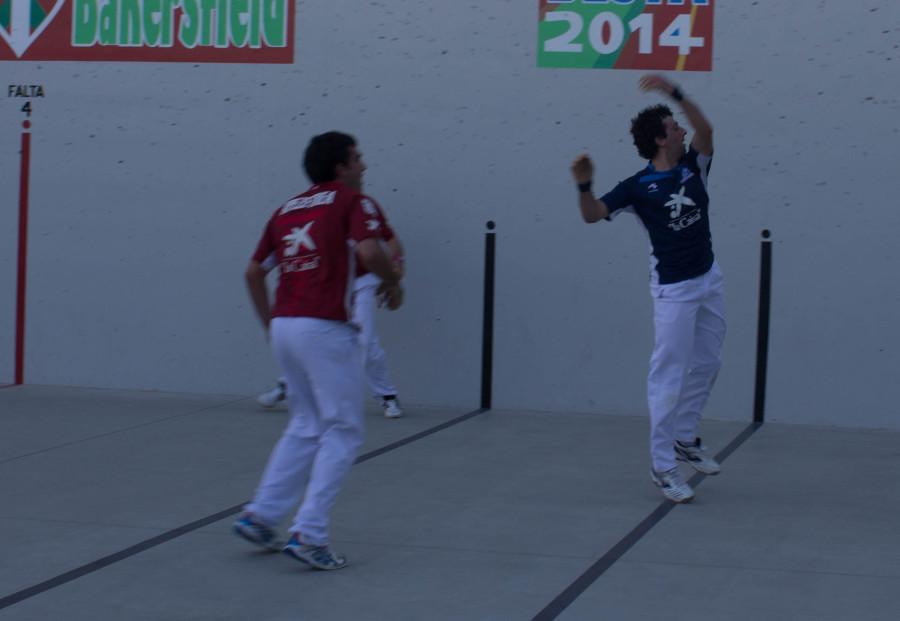
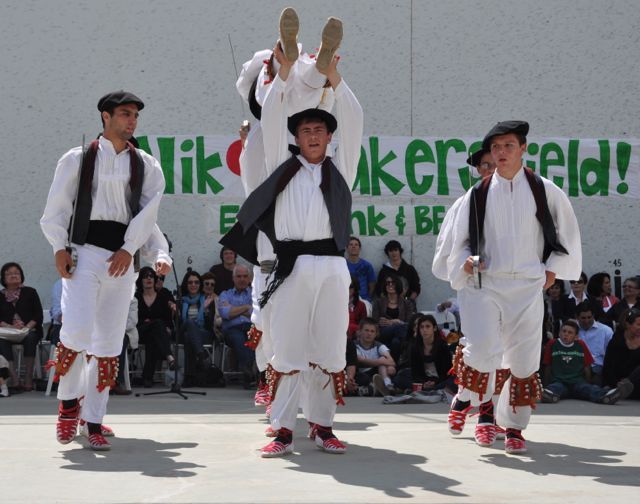
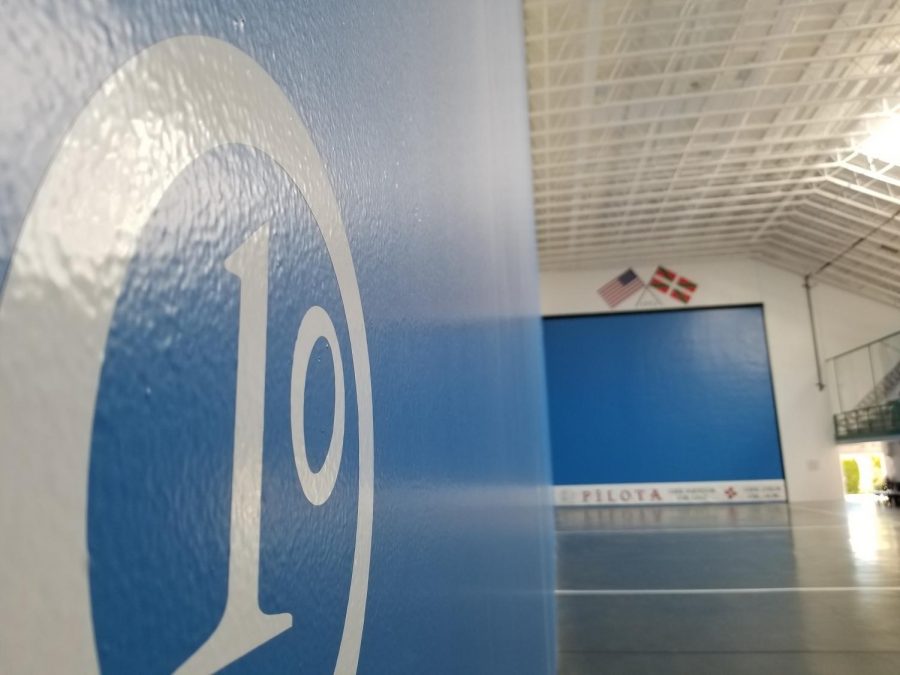
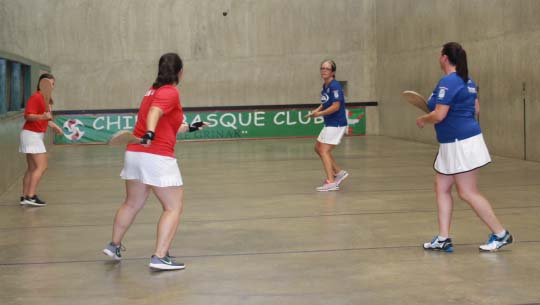
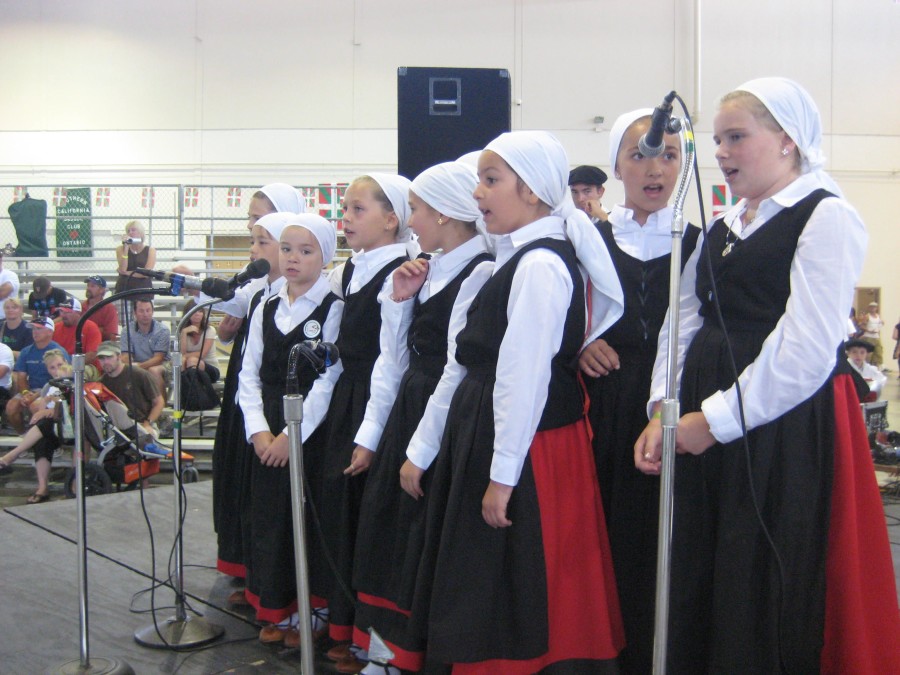
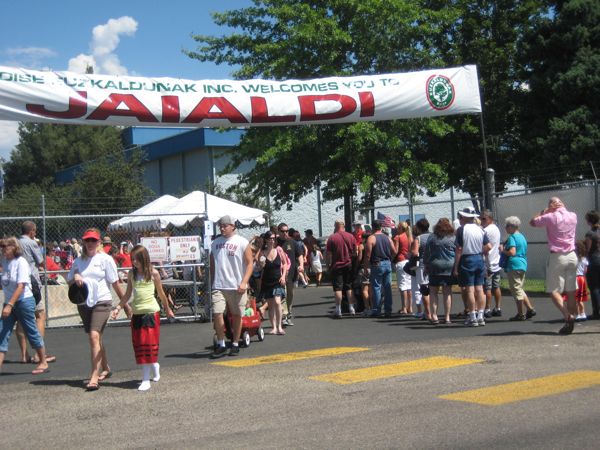
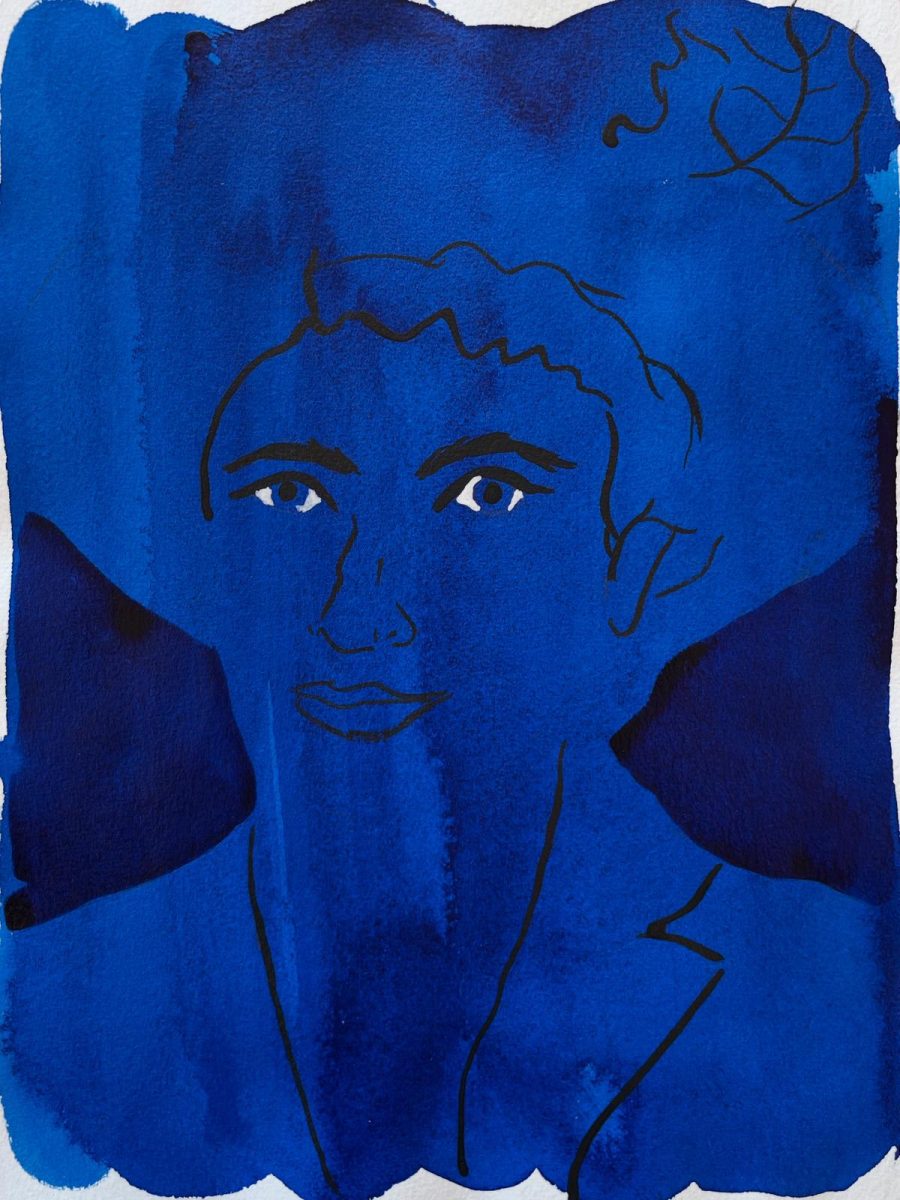
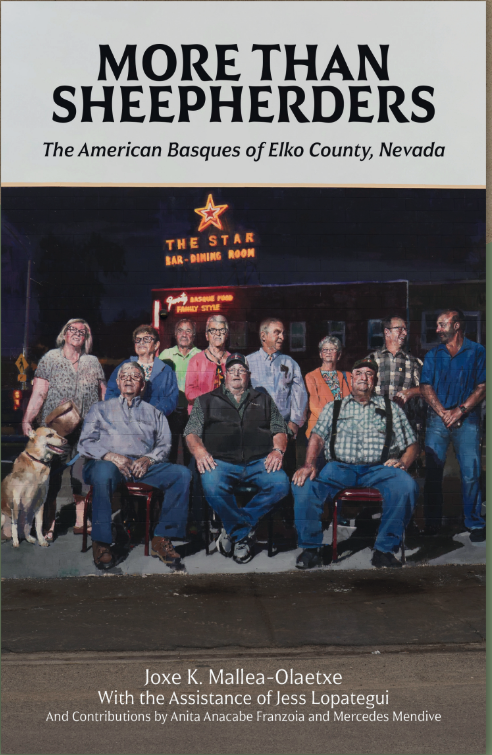

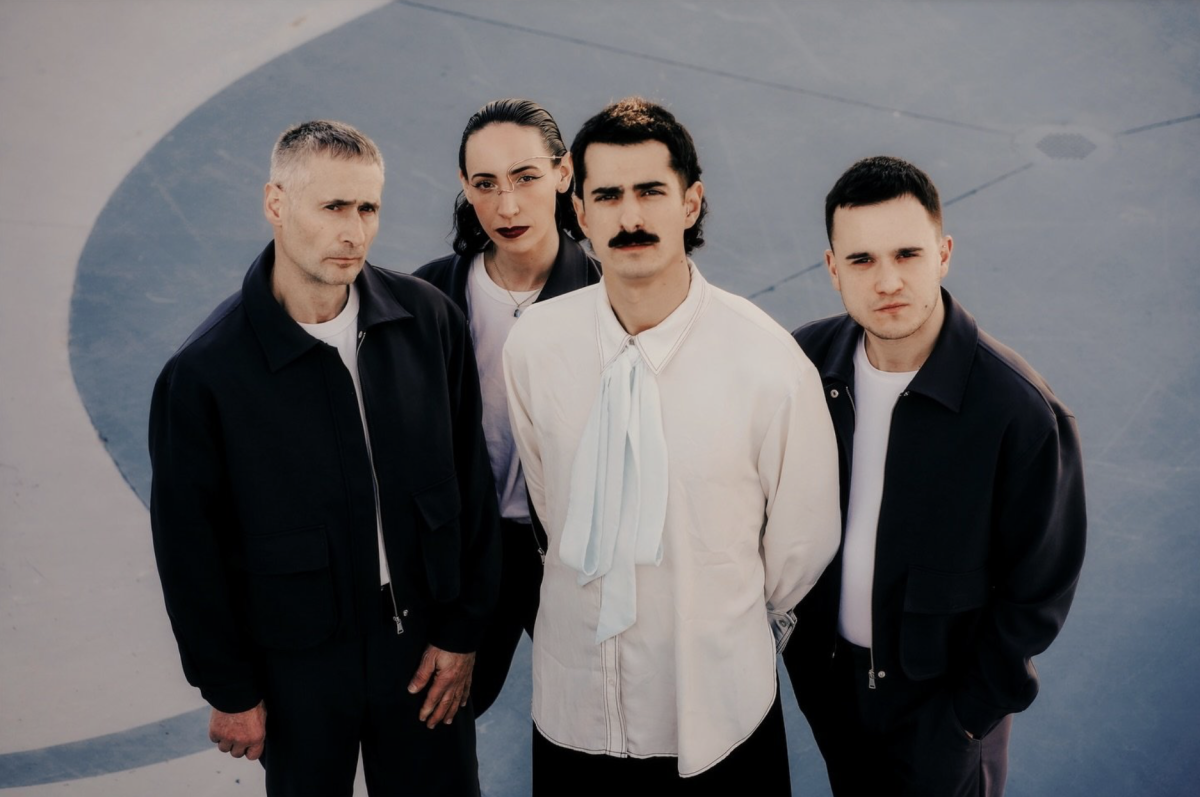
Jean • Oct 16, 2024 at 5:50 am
Great article! Not sure what the criteria were for being included but in the California there are two more courts still in use – – in the Caruthers at the Campos ranch where for the past two years they have had games during the picnic and also a private court where they still play, belonging to Mike Bidart in Chino. Then for places that used to be used to play on, the La Puente Handball Club had a court that still exists but I don’t know if people still play there or not. There was a court closer to LA at one point that the guys in the Oberena Basque Club used to play on but I’m not sure if of the location. There was a court in Ogden, Utah at the Royal Hotel (a Basque hotel back in the the day) and the building still exists (you can see that it was a fronton) but it has been converted into a parking garage. There were many more places that used to be exist and a good source is the book “Amerikanuak” where Douglass and Bilbao list places that used to have courts and talk about some of them. Keep up the good work!